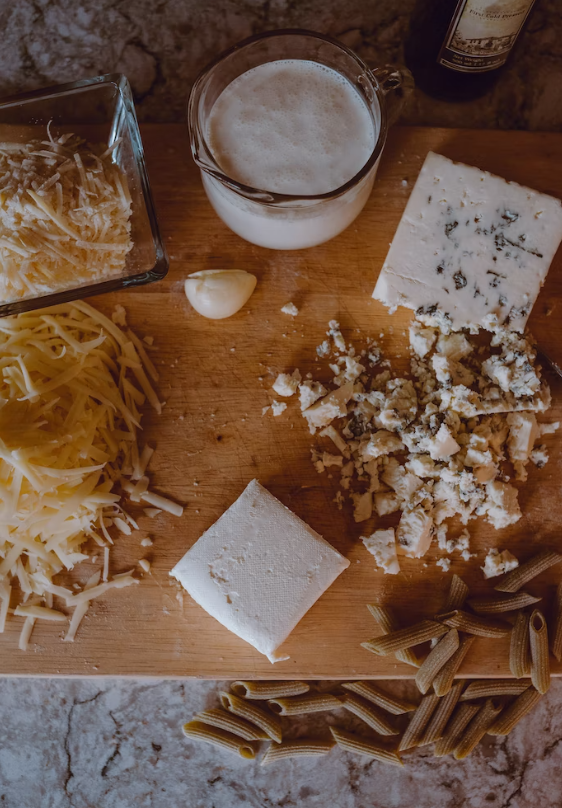Whether you are planning a small get-together or an extravagant event, a hot dog bar can be a real crowd-pleaser and help you take your party to the next level!
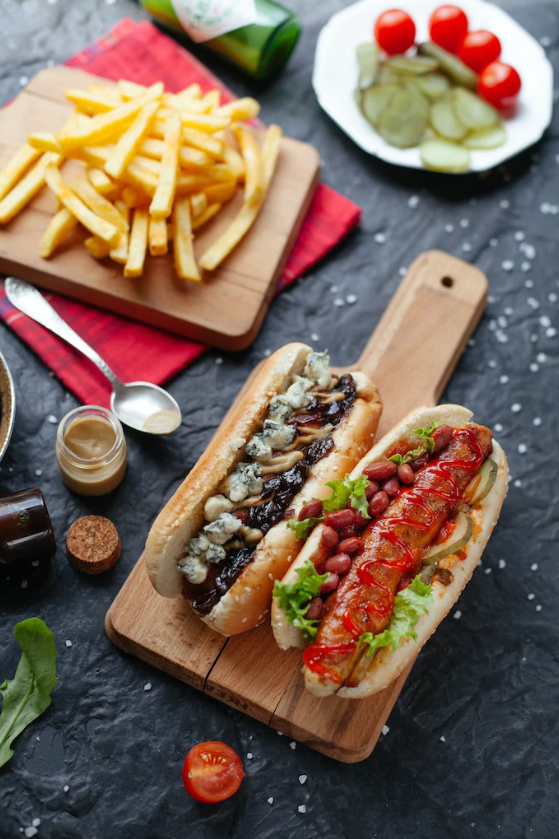
There’s something about a hot dog bar that appeals to everyone. Is it the variety, the fun of building your own meal, or just the sheer novelty of it all?
One thing’s for sure: a hot dog bar brings a unique, fun twist to any occasion. It allows your guests to customize their hot dogs to their heart’s content and layer flavors and textures in a way that’s uniquely theirs. And the best part? It’s an absolute breeze to set up, making your hosting duties significantly lighter.
Let’s discuss some tips on how you can create the most amazing, mouthwatering, and unforgettable hot dog bar for your next event.
Choosing Your Hot Dogs
Hot dogs are much more than just the conventional store-bought franks. Nowadays, you can find a diverse array of options that cater to every preference. Traditional beef or pork hot dogs are a safe choice, always ready to win over hearts. For the gourmet aficionados, consider offering sausages with a unique blend of spices or meats, such as smoked bratwurst or Andouille. And let’s not forget the kids; they typically love the milder, less spiced versions.
The Topping Selection
A hot dog bar is only as good as its toppings, which go beyond the traditional onion and mustard combo. Today, with so many sauces, you have plenty of options. Take hot dog chili, for example. It’s hard to imagine a well-rounded hot dog bar without a pot of hot dog chili. It is thick and rich and consists of finely ground beef, tomatoes, and a blend of spices that can make the hot dogs irresistible.
You can even prepare a mild version and a spicy one to cater to all taste buds, allowing your guests to adjust the heat to their liking. However, the flavors don’t just end here. Other toppings could include shredded cheese that melts into a gooey delight, sauerkraut for a tangy twist, and jalapenos for those who enjoy a fiery kick. And for the daring, exotic choices like kimchi or pineapple salsa can add an unexpected yet delightful taste profile. The trick is to provide a variety so everyone can find something they love.
Variety in Buns
The perfect hot dog deserves the perfect bun. Let’s explore some options:
- Traditional Hot Dog Buns: Soft and slightly sweet, these are always a great choice.
- Brioche Buns: A touch of luxury for your hot dog bar. Their buttery flavor pairs wonderfully with any hot dog.
- Pretzel Buns: The pretzel’s chewy crust and soft interior bring a delightful contrast to the hot dog experience.
- Gluten-Free Buns: Ensure everyone can enjoy your hot dog bar by including gluten-free options.
- Baguette: For a European touch, slice baguettes into hot dog-length pieces. Their crispy exterior will definitely add a unique twist.
- Whole Grain Buns: Health-conscious guests will appreciate this hearty and nutritious option.
The Importance of Quality Condiments
Move over ketchup and mustard; it’s time for a condiment revolution. While those classics are still important, a plethora of choices can transform an ordinary hot dog into an extraordinary culinary experience. Consider including BBQ sauce, aioli, relish, mayo, and various mustards to offer more depth of flavor.
Vegetarian and Vegan Options
Being inclusive means ensuring there’s something for everyone. Opt for vegetarian or vegan hot dogs or even grilled vegetable skewers as alternatives. For toppings, a variety of salads, vegan cheese, and vegetable-based sauces will allow your vegetarian and vegan guests to also enjoy the hot dog bar.
What to Serve With Hot Dogs?
Now that your hot dog bar is on point, think about what to serve alongside it. Traditional sides like potato salad, coleslaw, and corn on the cob are safe choices. But why stop there? Introduce a variety of dips with tortilla chips or artisan bread.
Consider a charcuterie board with a selection of cheeses, fruits, and nuts for added sophistication. And, of course, a few well-chosen drink options can elevate the whole experience. From soft drinks and lemonades for the youngsters to craft beers and fine wines for the adults, ensure there’s a beverage to complement every hot dog creation.
Setting Up the Hot Dog Bar
Now that you’ve got your ingredients, it’s time to assemble the bar. Place the hot dogs and buns at one end, followed by the toppings and condiments. Ensure utensils, napkins, and plates are within easy reach. For added fun, include some recipe cards with creative hot dog combination ideas. And remember, the key is easy accessibility and aesthetic appeal, so be creative!
Hot Dog Combinations to Try
- The Classic: Beef hot dog, ketchup, mustard, onions, and pickles.
- The Spicy Gourmet: Spicy sausage, hot dog chili, jalapenos, and a drizzle of spicy mayo.
- The Veggie Delight: Grilled vegetable skewer, vegan cheese, and a dollop of guacamole.
Preparation
Preparing ahead can save you a lot of stress on the day of your event. You can prepare the hot dog chili and other toppings a day or two prior to the event and keep them refrigerated. The same goes for any homemade condiments. On the day of the event, just reheat the chili and set up your hot dog bar a couple of hours before your guests arrive.
Here are some tips:
- Make sure to have a checklist in hand. This will ensure you have all your ingredients and supplies laid out ahead of time, and you won’t forget anything.
- Decide where and how you’ll set up the hot dog bar by planning your layout.
- Most toppings can be easily made and saved in the fridge a day or two in advance, so you won’t have to worry about them when the time comes.
- Make sure that your hot dog bar area is clean and ready for setup. If you leave the cleaning for the eleventh hour, you won’t have time to set up the space as it deserves.
- Timing is everything, so time your cooking as well. This will ensure your hot dogs are hot and ready when your guests arrive.
Conclusion
This detailed guide to building the perfect hot dog bar offers all the tips and tricks you’ll need to host a memorable party. Make sure that everything is top-notch and showcases a bit of creativity. Once you have that, you are ready to host!


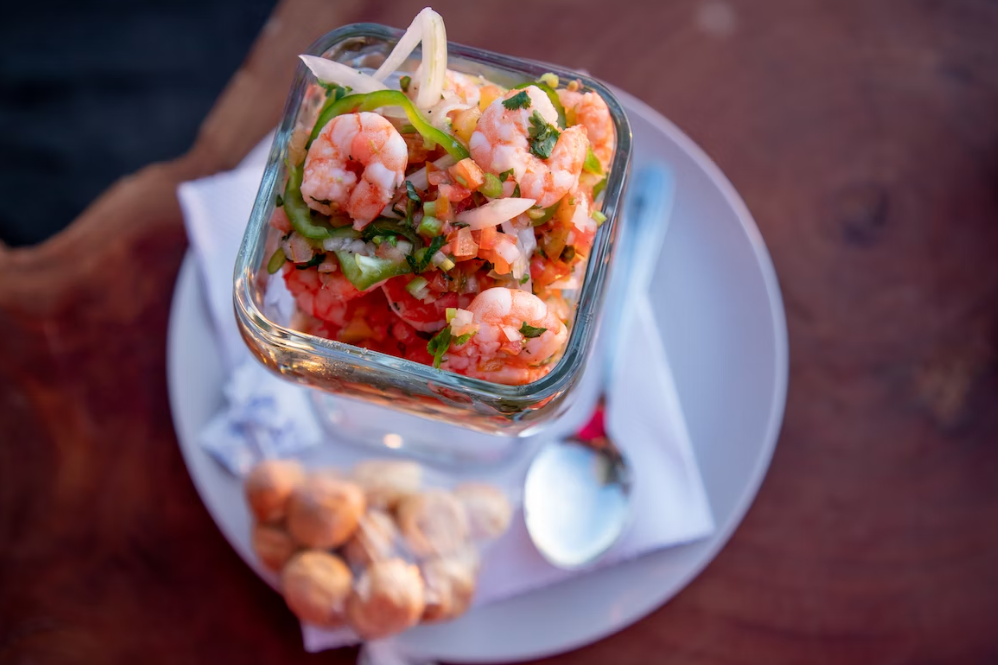

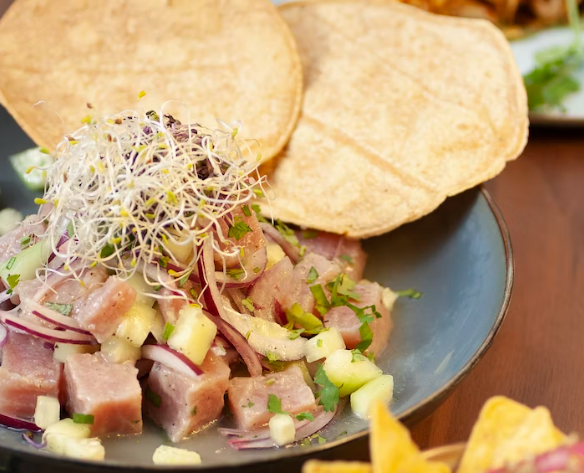
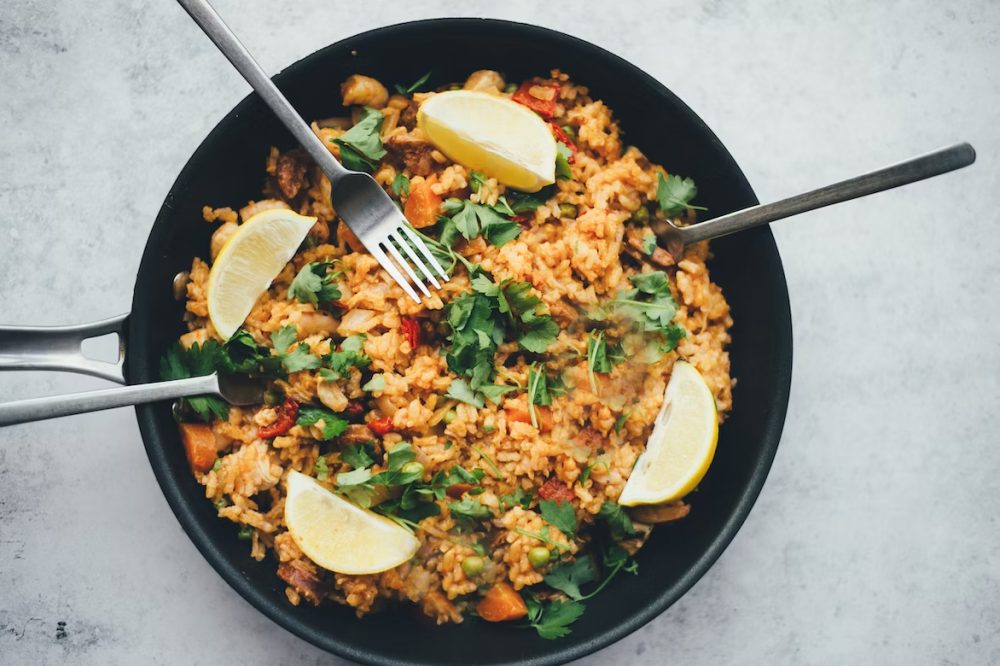
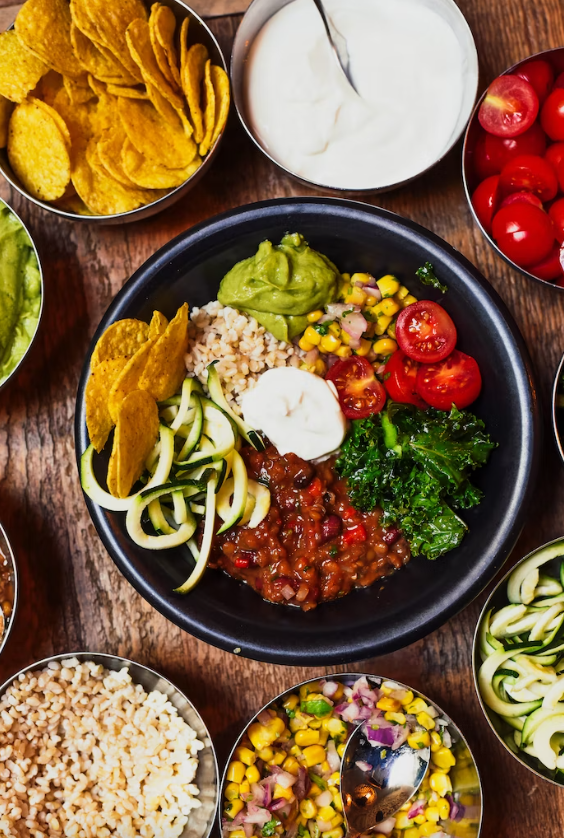
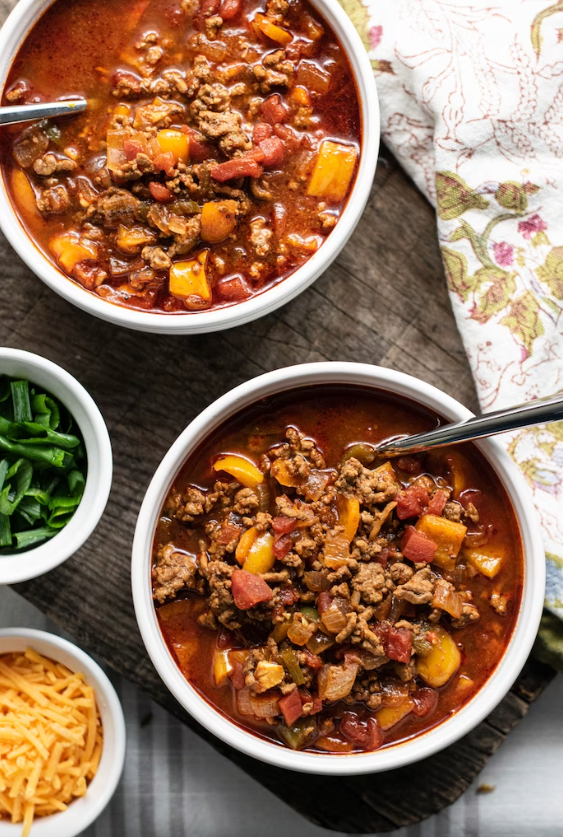
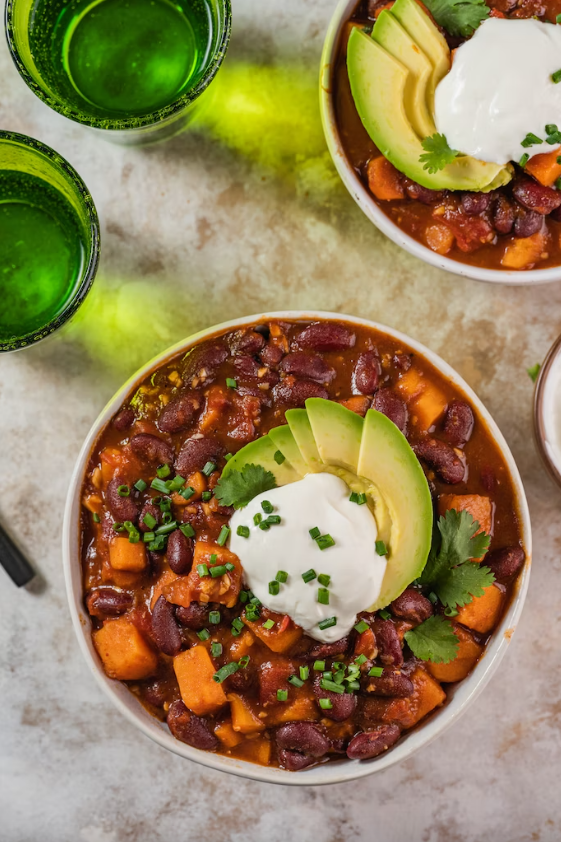
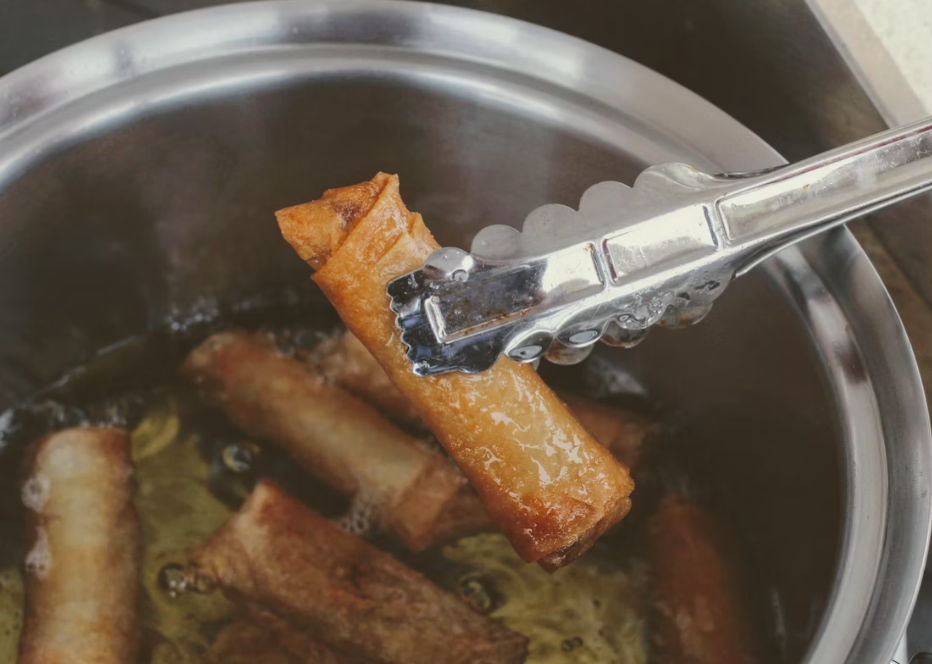
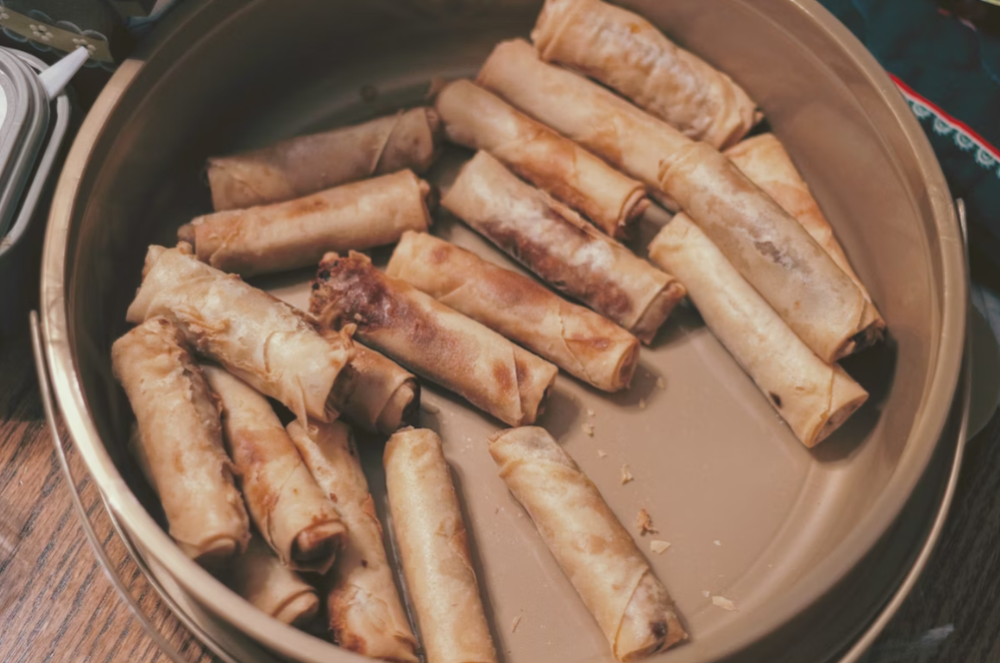
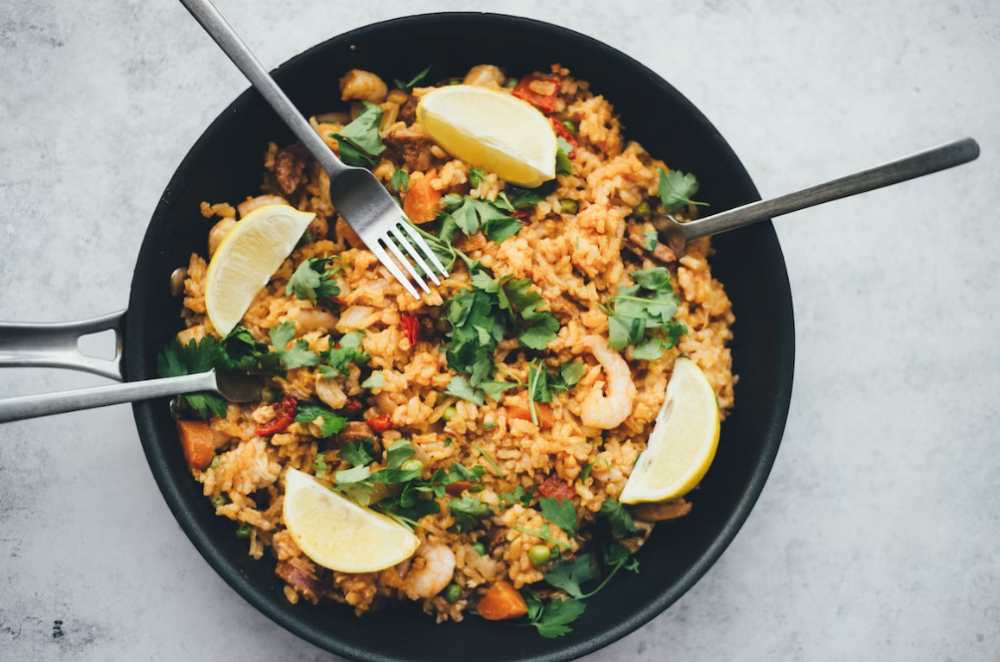
 Photos By: Stock Images
Photos By: Stock Images